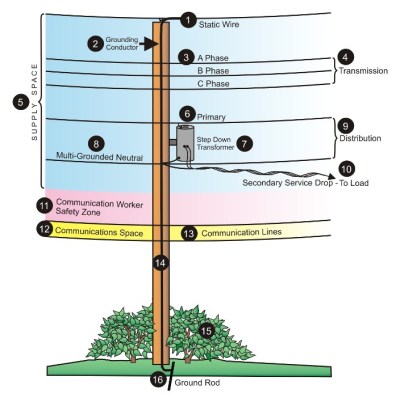B
banned-66611
Guest
They're supposed to start on my half next year. If my neighborhood didn't meet their ROI requirements, how in the world would a couple of homes out in the sticks???
2. My SIL lives in the sticks on several acres. Power and POTS but no cable. The local power company, in a low-density county west of SAT, decided to run fiber on their poles recently to serve customers. SIL got it because her husband works for the power company. It took six guys in three trucks to manage the install. Maybe it was teething pains but I just don't see how that method would be economical at large scale. However, I think that the power company setting up "wireless nodes" occasionally on their poles would be economical with the last mile being shared wireless (something like 4G or 5G but tuned for internet access). That way they could run fiber to their nodes and drop off a wireless transceiver at any house that opted in.
I wonder how they calculate ROI. Seems unlikely that it wouldn't be worth it over a reasonably long time period for fibre. 50+ years at least.
If it took 6 guys to upgrade some copper to fibre then either they were doing some kind of teaching exercise or they are getting massively ripped off. I've seen two guys come and do it, and one of them was only there to make sure nobody walked under the work area why they were hanging the new cables.




